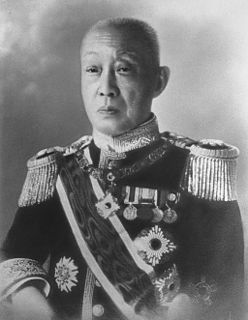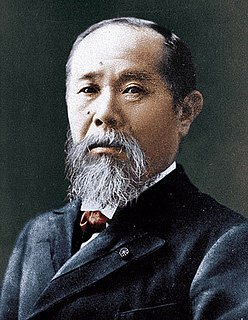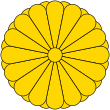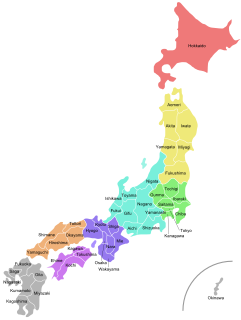
General elections were held in Japan on 20 February 1928, the first after the introduction of universal male suffrage. The ruling Rikken Seiyūkai led by Prime Minister Tanaka Giichi won one more seat than the opposition Rikken Minseitō led by Hamaguchi Osachi, although Rikken Minseitō had received slightly more votes. The hung parliament led to the Tanaka government continuing in office.

General elections were held in Japan on 10 May 1924. No party won a majority of seats, resulting in Kenseikai, Rikken Seiyūkai and the Kakushin Club forming the country's first coalition government led by Katō Takaaki.
Federal elections were held in Switzerland on 28 October 1951. Although the Social Democratic Party received the most votes, the Free Democratic Party remained the largest party in the National Council, winning 51 of the 196 seats.
Federal elections were held in Switzerland on 26 October 1947. Although the Social Democratic Party received the most votes, the Free Democratic Party emerged as the largest party in the National Council, winning 52 of the 194 seats.
General elections were held in Japan on 20 February 1936. Rikken Minseitō emerged as the largest party in the House of Representatives, winning 205 of the 466 seats.

General elections were held in Japan on 1 March 1903. The Rikken Seiyūkai party remained the largest in the House of Representatives, winning 175 of the 376 seats, but lost its majority.

General elections were held in Japan on 10 May 1920. The result was a victory for the Rikken Seiyūkai party led by Hara Takashi, which won 278 of the 464 seats.

Partial general elections were held in Belgium on 8 June 1852. In the elections for the Chamber of Representatives the result was a victory for the Liberal Party, who won 57 of the 108 seats. Voter turnout was 69.2%, although only 42,053 people were eligible to vote.

Elections to the Upper House of the Althing were held in Iceland on 15 June 1930. Following reforms in 1915, the six seats in the Upper House appointed by the monarch were abolished, and replaced with six elected seats. The seats were elected by proportional representation at the national level, using the D'Hondt method. The remaining eight seats were elected along with the Lower House. This was the last election solely for the Upper House, as from 1934 onwards all Upper House members were elected together with the Lower House.
Federal elections were held in Switzerland on 27 October 1935. The Social Democratic Party emerged as the largest party in the National Council, winning 50 of the 187 seats.
Federal elections were held in Switzerland on 29 October 1939. The Free Democratic Party emerged as the largest party in the National Council, winning 49 of the 187 seats. Due to the outbreak of World War II, there were no elections in nine of the 25 cantons; Appenzell Ausserrhoden, Lucerne, Neuchâtel, Schwyz, Solothurn, Ticino, Valais, Vaud and Zug. In what became known as "silent elections", a total of 55 candidates were elected unopposed.
Federal elections were held in Switzerland on 31 October 1943. The Social Democratic Party emerged as the largest party in the National Council, winning 56 of the 194 seats.

General elections were held in Japan on 20 April 1917. The Rikken Seiyūkai party led by Hara Takashi emerged as the largest party in the House of Representatives, winning 165 of the 381 seats.

Federal elections were held in Switzerland on 26 October 1899. The Free Democratic Party retained its majority in the National Council.

Federal elections were held in Switzerland on 28 October 1917. The Free Democratic Party retained its majority in the National Council. They were the last elections held under the majoritarian system; following a referendum in 1918 in which two-thirds of voters voted for the introduction of proportional representation, the electoral system was changed and early elections held in 1919.

Federal elections were held in Switzerland on 25 October 1914. The Free Democratic Party retained its majority in the National Council.

General elections were held in Japan on 10 August 1902. The result was a victory for the Rikken Seiyūkai party, which won 191 of the 376 seats.

General elections were held in Japan on 1 March 1904. The Rikken Seiyūkai party remained the largest in the House of Representatives, winning 133 of the 379 seats.

General elections were held in Japan on 15 May 1912. The result was a victory for the Rikken Seiyūkai party, which won 209 of the 381 seats.

General elections were held in Japan on 25 March 1915. The Rikken Dōshikai party emerged as the largest party in the House of Representatives, winning 153 of the 381 seats.














